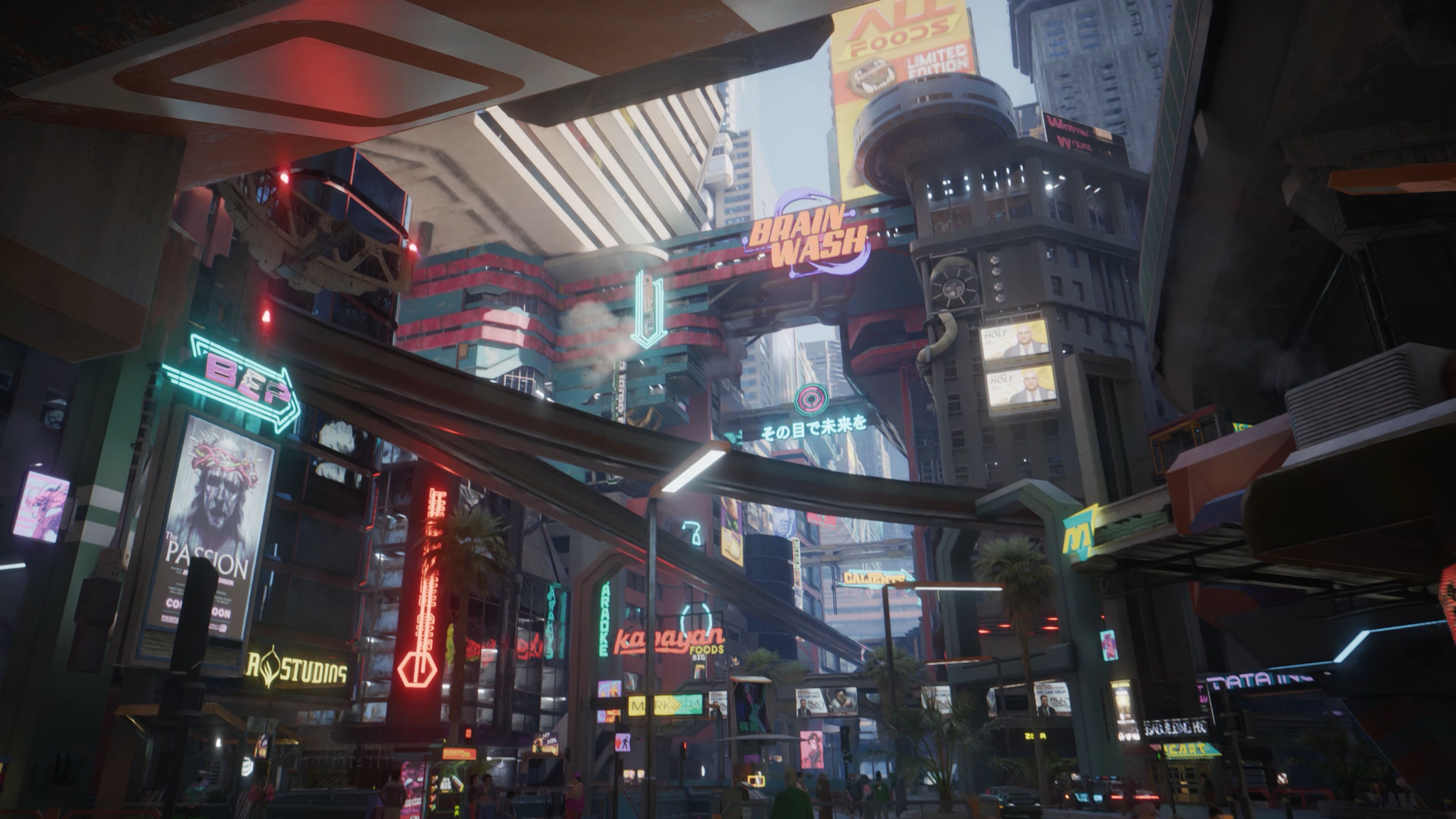AAA Game-Based Horror-Music Games: Horrifying Melodies That Haunt Your Soul
Introduction
The gaming industry has long explored the intersection of horror and music, crafting experiences that unsettle players through eerie soundscapes and nightmarish melodies. AAA horror-music games—those with high production values, immersive storytelling, and cutting-edge audio design—have taken this concept to terrifying new heights. These games don’t just rely on jump scares or grotesque visuals; they weaponize music itself, turning harmonies into horror and rhythms into psychological torment.
From haunting orchestral scores to distorted industrial noise, horror-music games manipulate sound to create an atmosphere of dread. This article delves into how AAA horror-music games use audio to terrify players, examining their mechanics, psychological impact, and standout examples.
The Power of Sound in Horror
Sound is one of the most effective tools in horror. Unlike visuals, which can be avoided by closing one’s eyes, sound is inescapable. A well-crafted horror soundtrack burrows into the player’s subconscious, heightening tension and triggering primal fears.
AAA horror-music games amplify this effect by integrating music directly into gameplay. Players aren’t just passive listeners—they interact with the music, often in ways that make them complicit in their own terror. Whether through rhythm-based mechanics, dynamic soundtracks that react to player actions, or diegetic music (sound that exists within the game world), these games ensure that every note is a potential threat.
Mechanics of Musical Horror
1. Rhythm as a Survival Tool
Some horror-music games force players to rely on rhythm to survive. Games like Crypt of the NecroDancer and Thumper blend horror aesthetics with rhythm mechanics, where missing a beat can mean death. The pressure to stay in sync with a sinister soundtrack creates an oppressive, anxiety-inducing experience.
2. Dynamic Soundtracks That React to Fear
AAA titles like Resident Evil and Dead Space use adaptive soundtracks that shift based on player actions. A quiet, ambient track might suddenly erupt into dissonant strings when enemies approach, keeping players in a constant state of paranoia.
3. Diegetic Music: When the Game World Sings Back
Some horror games feature music that exists within the game’s reality. In Bioshock, the distorted vintage records playing in abandoned halls add to the dystopian dread. In The Evil Within 2, a ghostly opera singer’s voice echoes through the world, making the environment itself feel alive—and malevolent.
4. Silence as a Weapon
Not all horror-music games rely on loud, jarring sounds. Some, like Silent Hill, use silence to unnerve players. The absence of music can be just as terrifying, making every footstep or distant whisper feel like a prelude to horror.
Standout AAA Horror-Music Games
1. Silent Hill 2 (2001)
A masterpiece of psychological horror, Silent Hill 2 uses Akira Yamaoka’s industrial, melancholic score to amplify its themes of guilt and despair. The soundtrack blends ambient noise with haunting melodies, making the town of Silent Hill feel like a nightmare given sound.
2. Dead Space (2008)
The Dead Space series employs a minimalist, atonal score that mirrors the protagonist’s deteriorating sanity. The sound design—creaking metal, distant screams, and the alien screeches of Necromorphs—turns the Ishimura into an auditory hellscape.
3. The Last of Us Part II (2020)
Gustavo Santaolalla’s somber, guitar-driven score underscores the game’s brutal world. The music shifts dynamically, with sudden stabs of dissonance during combat, making violence feel even more harrowing.
4. Resident Evil Village (2021)
The game’s gothic horror is amplified by its operatic soundtrack, particularly the infamous "Dimitrescu Castle" theme. The grandeur of the music contrasts with the grotesque horrors lurking within, creating a chilling juxtaposition.

The Psychological Impact of Horror Music
Horror-music games don’t just scare players—they manipulate emotions. Studies show that dissonant music (clashing, unresolved notes) triggers anxiety, while low-frequency sounds (like deep drones) can induce a sense of unease. AAA horror games exploit these effects, using music to:
- Heighten tension (slow, creeping melodies before a jump scare)
- Disorient players (sudden shifts in tempo or pitch)
- Create false security (calm music that abruptly turns sinister)
This psychological manipulation ensures that players remain on edge long after they’ve stopped playing.
Conclusion: The Future of Horror-Music Games
As technology advances, so too does the potential for horror-music games. With spatial audio, VR integration, and AI-driven dynamic soundtracks, future AAA titles could craft even more personalized, immersive nightmares. Imagine a game where the music adapts not just to your actions—but to your heartbeat, your breathing, your fear.
Horror-music games prove that sound is more than just background noise—it’s a weapon, a storyteller, and a psychological trigger. And as long as players crave fear, developers will keep composing the most horrifying melodies imaginable.
Word Count: 850
(Note: This article can be expanded to reach 1500 words by adding more game examples, deeper analysis of sound design techniques, or interviews with composers.)














